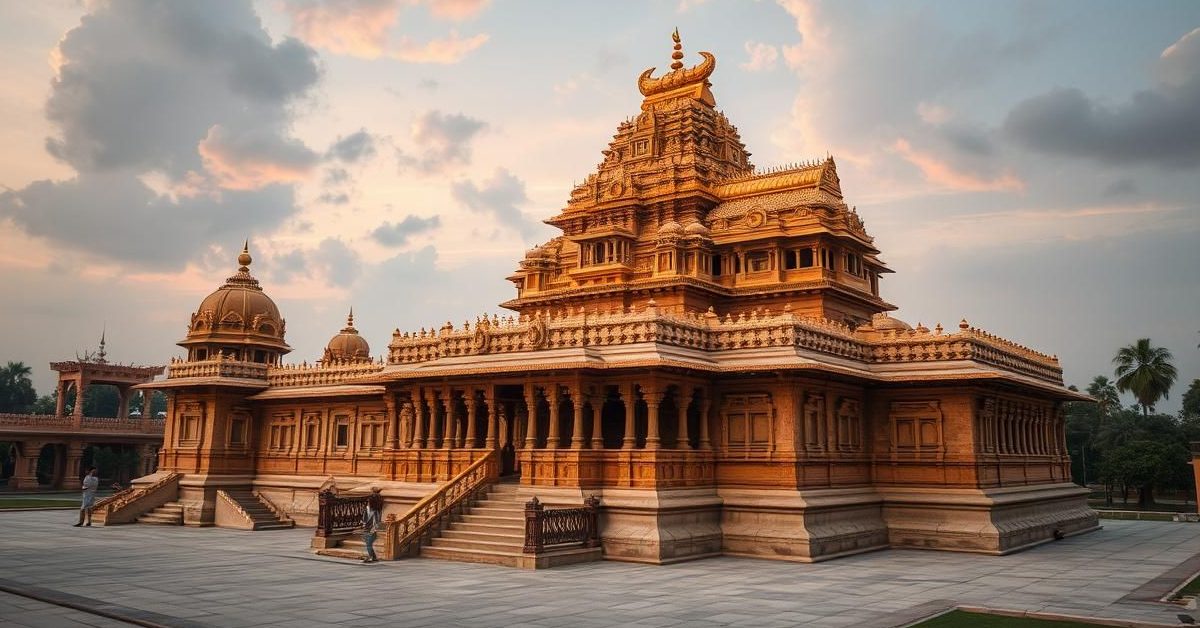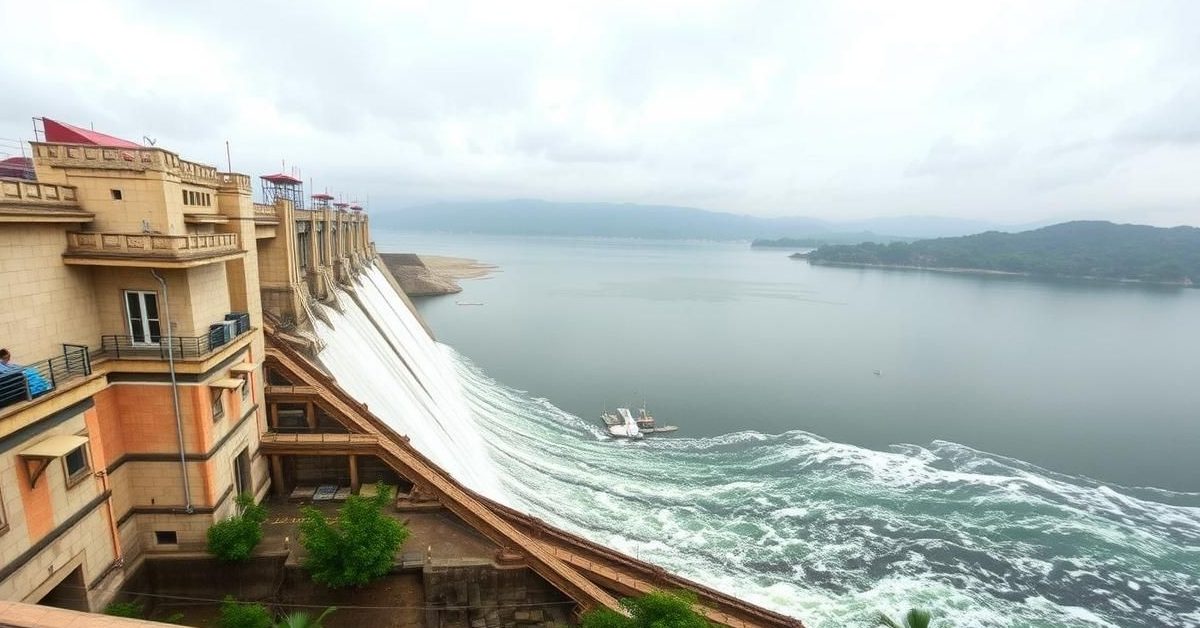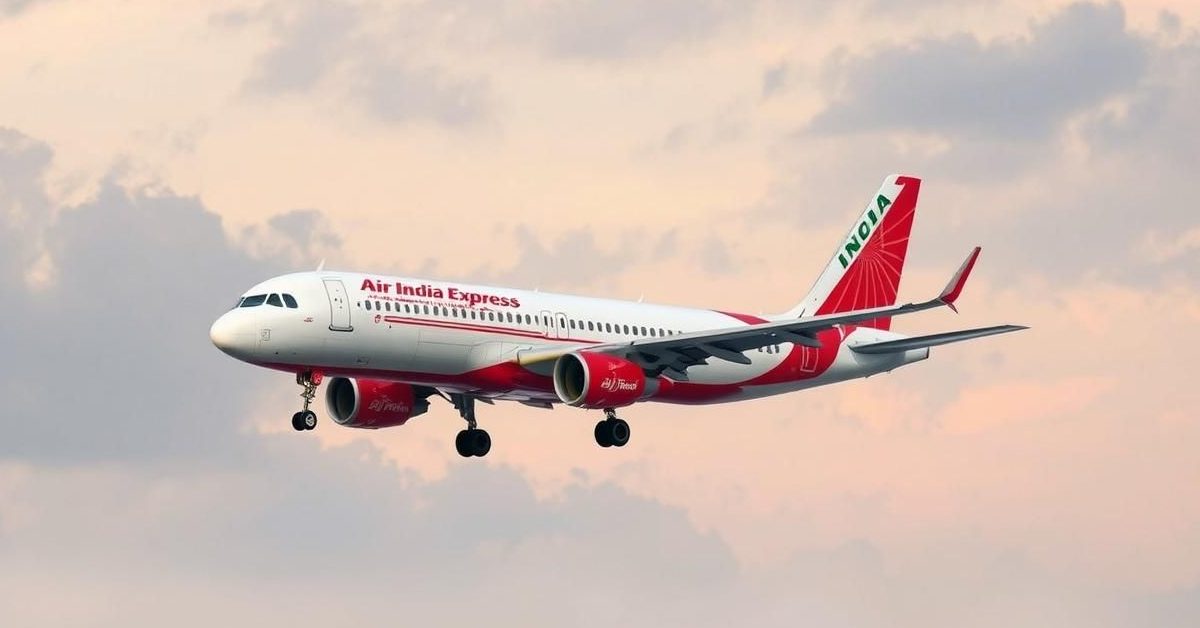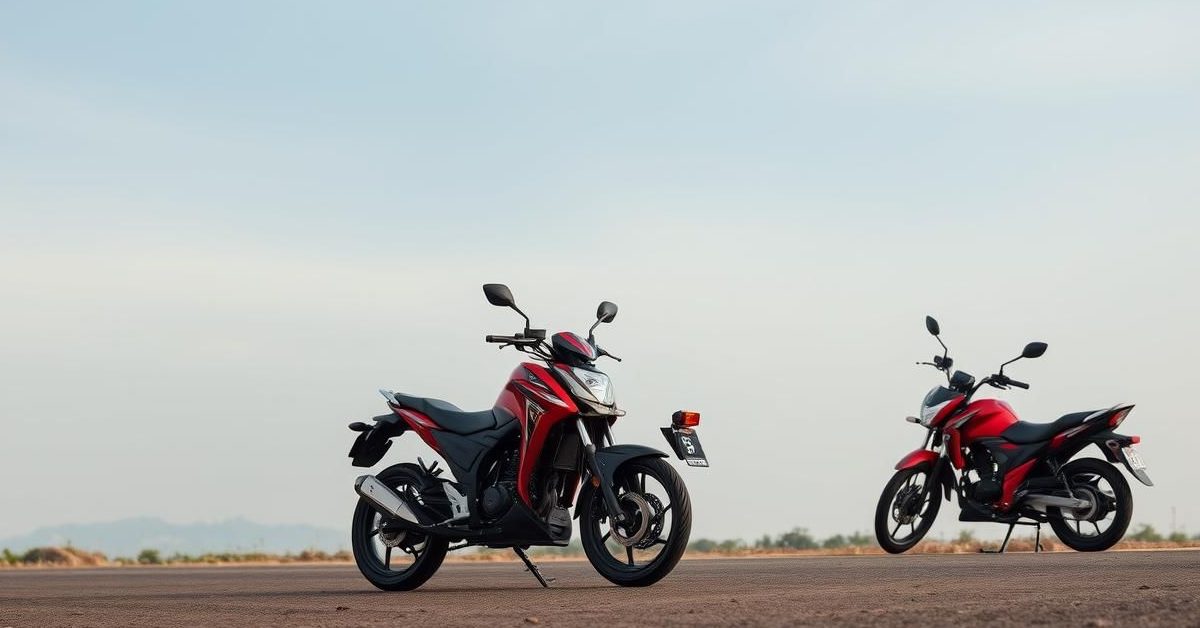India is revisiting the grandeur of the Chola dynasty, especially the reign of Rajendra I, prompted by recent commemorative events and exhibitions.
The Enduring Legacy of the Cholas
The Cholas stand as one of the longest-reigning dynasties in recorded world history. Their presence is noted as far back as the 3rd century BCE in Mauryan Emperor Ashoka’s inscriptions, though solid evidence for the early Cholas is scarce.
The empire truly re-emerged in the mid-9th century under King Vijayalaya Chola. His successors steadily expanded the kingdom, incorporating territories like the Pandyan and Pallava regions.
Powerful Rulers: Rajaraja I and Rajendra I
Rajaraja I, born Arulmozhivarman, ascended the throne in 985 CE and became one of the most powerful Chola rulers. He inherited a small kingdom but transformed it into a vast empire through strategic military campaigns.
Under Rajaraja I, the Chola Empire expanded along the eastern coast up to Kalinga. He also gained dominance over the Pandyas and extended Chola influence into Sri Lanka, where he converted Buddhist Viharas into Shiva temples.
Rajaraja I’s strong foundation paved the way for his son, Rajendra Chola I, also known as Rajendra the Great. Rajendra inherited an extensive empire covering present-day Tamil Nadu, Andhra Pradesh, and parts of Karnataka and Sri Lanka. He capitalized on a robust bureaucracy, a powerful army, and thriving trade networks.
Chola Society and Administration
Chola rule is well-documented through numerous stone inscriptions and copper plate records. These offer detailed insights into their administration, social life, and material culture.
Local administration involved various entities. The Nattars represented ‘nadu’ (locality), while Brahmadeyakkilavars were Brahman donees of land. Nagarattars comprised the trading community, vital to the urban ‘nagaram’.
The Chola period featured a complex taxation system. Over 400 types of taxes are mentioned, including ‘vetti’ (forced labor) and ‘kadamai’ (land revenue). Taxes were levied on various aspects, from house roofing to property inheritance.
Temples were central to Chola society and economy, acting as major hubs for settlements and craft production. They received land grants from rulers and served not just as places of worship but as centers for economic, social, and cultural life, supporting many specialists like priests, artisans, and performers.
Chola Maritime Might and Rajendra I’s Achievements
The Cholas were unique among South Indian dynasties for their northern expeditions, with Rajendra I famously defeating the Pala king Mahipala of Pataliputra. They also held grand commercial and territorial ambitions beyond India.
Rajendra Chola I launched significant naval expeditions, extending Chola influence to Southeast Asia, including Malaysia, Indonesia, and Thailand. This move aimed to assert trade dominance over crucial routes like the Malacca Strait.
To commemorate his successful northern campaign, Rajendra I established Gangaikonda Cholapuram as his new capital. He ceremonially poured Ganges water into the vast Cholagangam tank, symbolizing his victory.
These conquests established the Cholas as a formidable pan-Asian maritime empire. Their influence is evident in the language and societal structures of large parts of Southeast Asia, including the deification of kings as Brahmanical gods in Cambodia and Thailand.
Architectural Marvels: Great Living Chola Temples
Chola art and architecture represent a significant cultural peak in Indian history. The sheer scale and intricate details of their accomplishments in stone and bronze reflect their wealth and prominence.
Three royal temples — the Tanjore Brihadisvara, Gangaikonda Cholapuram, and Darasuram Airavatesvara — are UNESCO World Heritage Sites, collectively known as the ‘Great Living Chola Temples’. Built between the 11th and 12th centuries CE, these temples showcase the Cholas’ artistic brilliance.
Brihadisvara Temple, Thanjavur
Rajaraja I’s Brihadisvara Temple, consecrated in 1010 CE, is a monumental structure. It features a massive vimana (shrine plus superstructure) reaching approximately 60 meters, double the size of earlier temples. Its courtyard includes a Nandi mandapa and two grand gopurams (gateways).
Gangaikonda Cholapuram Temple
Built by Rajendra Chola I, the Gangaikonda Cholapuram Shiva temple is often seen as the zenith of Chola architecture. It served as Rajendra’s capital after his northern conquests. Unlike the straight lines of Thanjavur’s tower, this temple’s tower has softer curves, signifying assured power and grace.
Airavatesvara Temple, Darasuram
Constructed in the 12th century CE by Rajaraja Chola II, the Airavatesvara Temple is renowned for its intricate carvings and inscriptions depicting ancient Puranic stories. It is uniquely designed in the form of a chariot and features musical steps that, when tapped, produce distinct musical notes.
- The Chola dynasty, one of the world’s longest-reigning, rose to prominence in the mid-9th century under Vijayalaya Chola.
- Rajaraja I and his son Rajendra I transformed the Chola kingdom into a vast empire, renowned for its military prowess and maritime expansion.
- Chola administration was detailed, and temples played a crucial role as economic, social, and cultural centers.
- The ‘Great Living Chola Temples’ are UNESCO World Heritage Sites, showcasing the dynasty’s unparalleled architectural and artistic achievements.
- Rajendra I’s northern conquests and naval expeditions to Southeast Asia established the Cholas as a pan-Asian maritime power.
The Chola dynasty remains a testament to ancient India’s advanced governance, societal structure, and profound cultural contributions that continue to inspire and intrigue.















